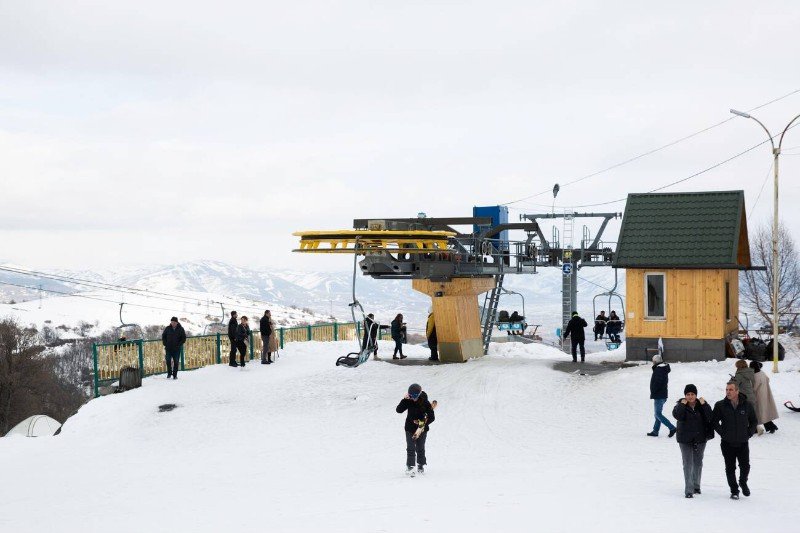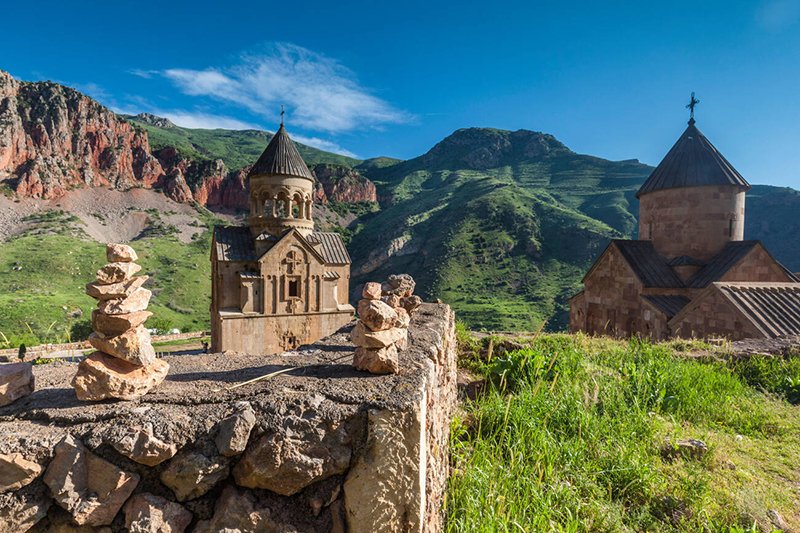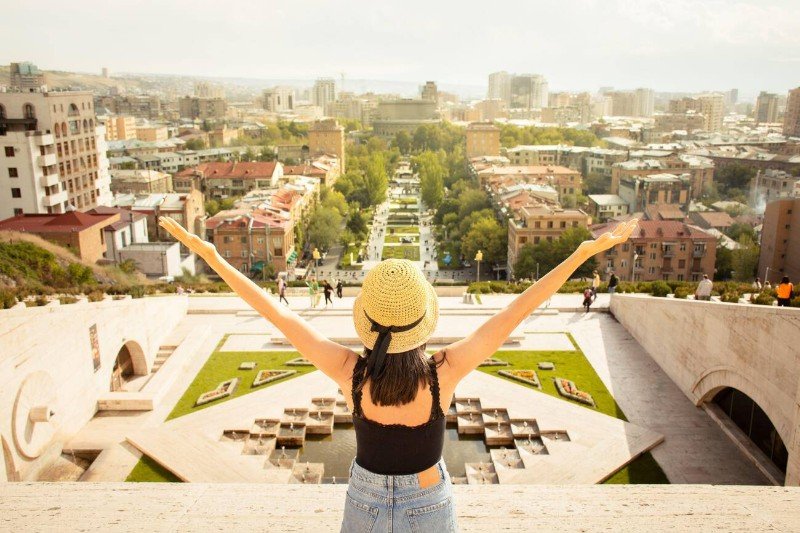The Opera and Ballet Theatre Yerevan stands as a leading symbol of Armenian music and architecture. Designed by acclaimed architect Alexander Tamanyan, this monumental building is located in the heart of Yerevan and continues to serve as a vital hub for cultural and artistic events.
So follow Armenic Tours to have more information about this cultural landmark.
Architectural Design and International Recognition
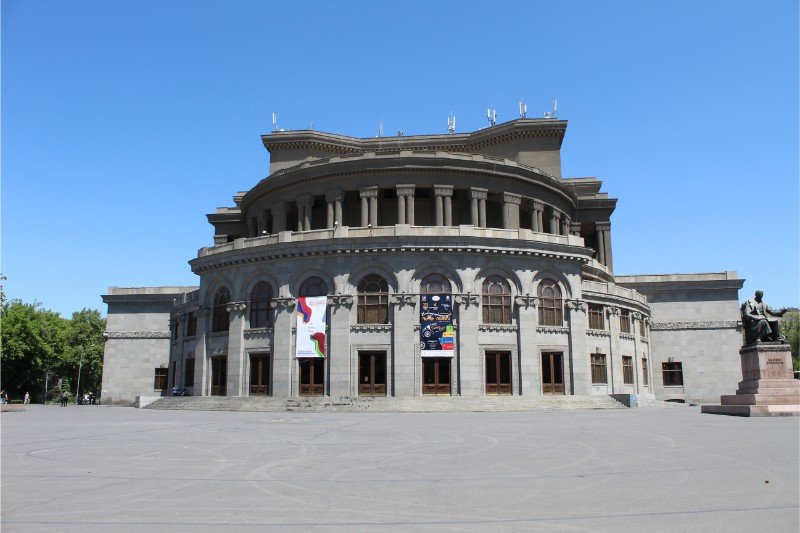
The building was awarded the Grand Prize at the 1937 Paris World Expo, showcasing Armenia’s distinctive classical architecture on a global stage. Its circular structure includes two main halls:
- Aram Khachaturian Concert Hall (1,400 seats)
- Opera and Ballet Theatre main stage (1,200 seats)
These spaces offer exceptional acoustics and are designed for large-scale productions and concerts.
Opening and Historical Performances

The Opera and Ballet Theatre Yerevan officially opened on January 20, 1933, with the premiere of Alexander Spendiaryan’s opera “Almast.” Throughout the 1930s, the venue presented many Armenian operas and ballets, gaining national and international acclaim.
In 1939, the theatre participated in cultural events in Moscow and received the Order of Lenin for its contributions to Armenian art.
Freedom Square and Statues
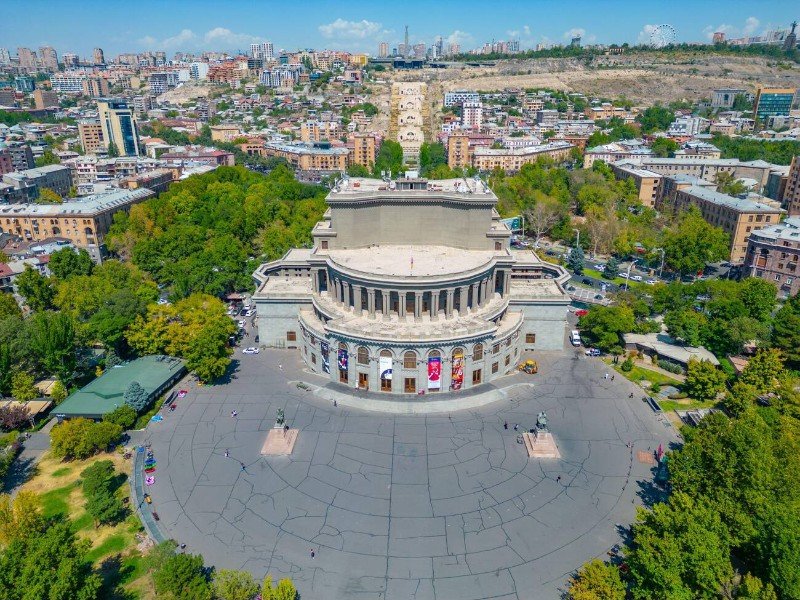
Just outside the building is Freedom Square, a popular gathering spot for both locals and tourists. Here, you’ll find statues of poet Hovhannes Tumanyan and composer Alexander Spendiaryan. This square is not only a cultural focal point but also a relaxing area for leisure and public life.
The Theatre’s Early Planning and Construction
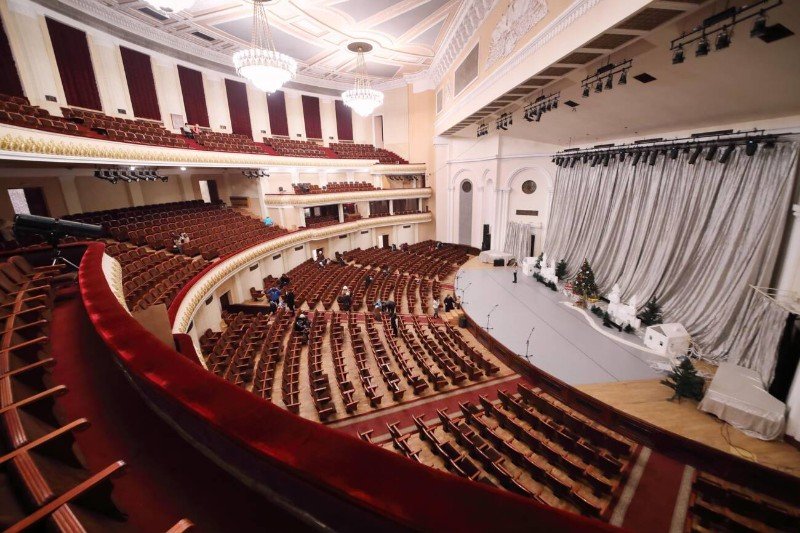
The plan to build the Opera and Ballet Theatre began in January 1926, when the central committee approved the construction of a People’s House. Architect Alexander Tamanyan was tasked with the design and leadership of the project. His goal was to create a space that met modern requirements while staying true to Armenian national art and classical design.
The original blueprint included:
- A 1,200-seat theatre
- A concert hall
- Lecture rooms
- A library with a reading room
- Exhibition spaces
- Dance and rehearsal rooms
- A buffet area
Challenges During Development
Several obstacles arose during construction:
- Land acquisition from property owners like the Bashirov, Janibekov, and Petrosyan families.
- Relocation of the irrigation canal, previously named Mamri.
- The controversial relocation of the Gethsemane Chapel, built in the late 1600s.
Though stones from the chapel were numbered for reconstruction, the plan was never completed, and by 1932, they were repurposed for another building.
Innovations and Expert Involvement
In 1931, Tamanyan invited top acoustics expert Professor Lifshitz to enhance the sound quality. In 1934, further research trips to Odessa ensured fire safety standards and equipment planning. Engineer S.V. Ivanov-Gerdin was later recruited to develop mechanical systems for the stage.
By 1939, the Winter Hall was completed and handed over to the Opera and Ballet Theatre.
Major Renovation and Reopening

Over the decades, the theatre’s interior aged and no longer matched its grand exterior. In 1978, a complete renovation began under the leadership of Georgy Tamanyan, Alexander Tamanyan’s son. The work was supervised by the “Yerardshin” trust, led by Levon Shahbazyan.
Key updates included:
- Agveran marble for hallways
- Split upper balcony into two levels
- Mobile orchestra pit
- Portal doors
- A stage curtain designed by Grigor Khanjyan
The newly renovated Opera and Ballet Theatre officially reopened on November 28, 1980, during the 60th anniversary of the Armenian SSR.
Later Developments and Recognition
- In 1957, the theatre earned academic status.
- In 1963, the Philharmonic Hall began operating within the complex.
- In 2002, further renovations were completed.
- The original theatre plan received a gold medal at the 1937 Paris Expo.
Top Sights Near the Opera and Ballet Theatre
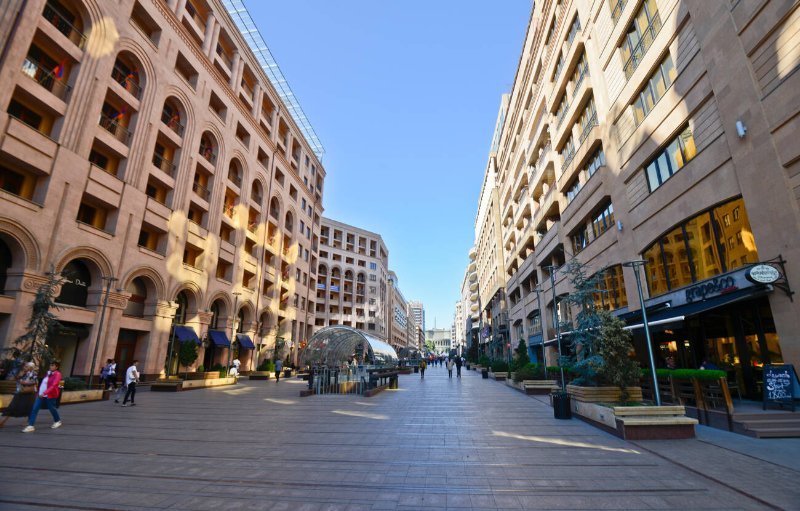
The Opera and Ballet Theatre sits at the center of Yerevan’s most walk able cultural zone, making it easy to explore nearby sights. Just steps away, you’ll find Freedom Square, a spacious public area perfect for relaxation and people-watching.
Head a few minutes south to discover Northern Avenue, a modern pedestrian boulevard lined with cafes, shops, and art displays. The Cascade Complex, a massive outdoor staircase featuring contemporary sculptures and panoramic city views, is also within walking distance.
Nearby museums, like the Cafesjian Center for the Arts and the National Gallery of Armenia, add even more depth to your cultural journey. All of these spots are easily accessible from the Opera and Ballet Theatre, making it a convenient starting point for exploring Yerevan’s top landmarks.
Best Time to Visit the Opera and Ballet Theatre
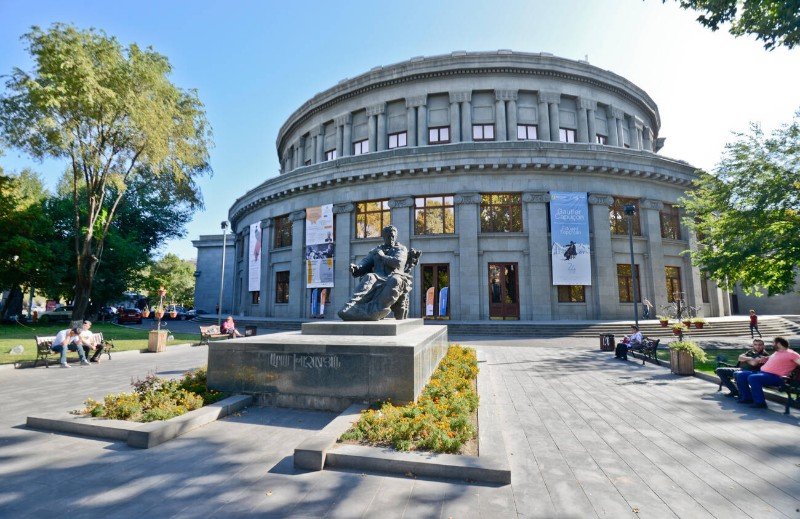
The best time to visit the Opera and Ballet Theatre in Yerevan is during spring (April to June) and autumn (September to October). These seasons offer mild temperatures and ideal conditions for enjoying both indoor performances and nearby landmarks like Freedom Square and Northern Avenue.
The theatre presents a rich calendar of operas, ballets, and concerts during these periods, making it a highlight for culture lovers. Summer evenings also bring open-air events that add to the atmosphere. For a quieter experience, consider visiting on weekdays or attending daytime shows. Choosing the right season ensures a more comfortable and memorable visit to one of Yerevan’s cultural icons.
Conclusion
The Opera and Ballet Theatre is more than a performance venue, it’s a symbol of Armenia’s cultural heritage and architectural excellence. Located in central Yerevan, this theatre continues to attract visitors worldwide who want to explore its rich history, stunning design, and artistic legacy.
FAQ
When was the Opera and Ballet Theatre officially opened
It opened on January 20, 1933, with a performance of Alexander Spendiaryan’s “Almast.”
What are the main features of the Opera and Ballet Theatre
The building includes two large halls, beautiful Armenian classical architecture, and is located near Freedom Square in Yerevan.
Who was the architect of the Opera and Ballet Theatre
Alexander Tamanyan was the architect. He designed the theatre in a neoclassical style blended with Armenian architectural traditions.



